Refine listing
Actions for selected content:
2252 results in Cambridge Elements
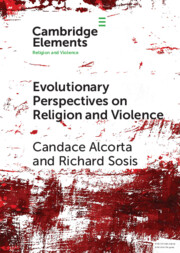
Evolutionary Perspectives on Religion and Violence
-
- Published online:
- 15 August 2022
- Print publication:
- 01 September 2022
-
- Element
- Export citation
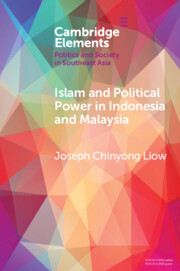
Islam and Political Power in Indonesia and Malaysia
- The Role of Tarbiyah and Dakwah in the Evolution of Islamism
-
- Published online:
- 15 August 2022
- Print publication:
- 25 August 2022
-
- Element
- Export citation
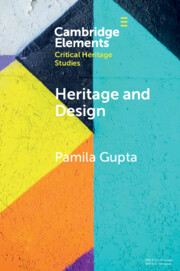
Heritage and Design
- Ten Portraits from Goa (India)
-
- Published online:
- 12 August 2022
- Print publication:
- 01 September 2022
-
- Element
- Export citation
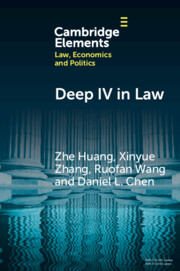
Deep IV in Law
- Appellate Decisions and Texts Impact Sentencing in Trial Courts
-
- Published online:
- 12 August 2022
- Print publication:
- 25 August 2022
-
- Element
- Export citation
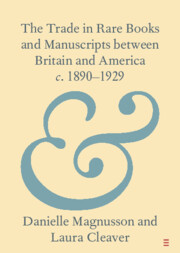
The Trade in Rare Books and Manuscripts between Britain and America c. 1890–1929
-
- Published online:
- 12 August 2022
- Print publication:
- 08 September 2022
-
- Element
- Export citation
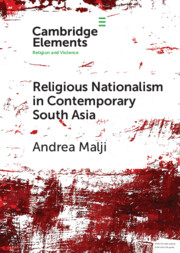
Religious Nationalism in Contemporary South Asia
-
- Published online:
- 12 August 2022
- Print publication:
- 01 September 2022
-
- Element
- Export citation
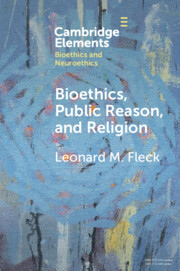
Bioethics, Public Reason, and Religion
- The Liberalism Problem
-
- Published online:
- 12 August 2022
- Print publication:
- 01 September 2022
-
- Element
- Export citation
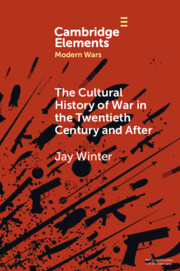
The Cultural History of War in the Twentieth Century and After
-
- Published online:
- 11 August 2022
- Print publication:
- 25 August 2022
-
- Element
- Export citation
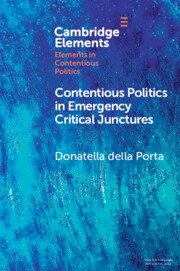
Contentious Politics in Emergency Critical Junctures
- Progressive Social Movements during the Pandemic
-
- Published online:
- 10 August 2022
- Print publication:
- 15 September 2022
-
- Element
- Export citation
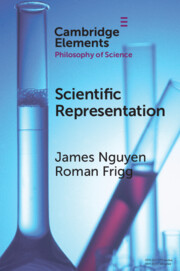
Scientific Representation
-
- Published online:
- 10 August 2022
- Print publication:
- 01 September 2022
-
- Element
-
- You have access
- Open access
- HTML
- Export citation
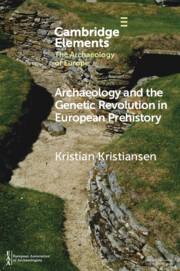
Archaeology and the Genetic Revolution in European Prehistory
-
- Published online:
- 08 August 2022
- Print publication:
- 18 August 2022
-
- Element
- Export citation
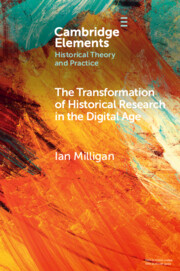
The Transformation of Historical Research in the Digital Age
-
- Published online:
- 05 August 2022
- Print publication:
- 18 August 2022
-
- Element
-
- You have access
- Open access
- HTML
- Export citation
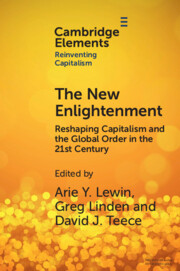
The New Enlightenment
- Reshaping Capitalism and the Global Order in the 21st Century
-
- Published online:
- 04 August 2022
- Print publication:
- 25 August 2022
-
- Element
- Export citation
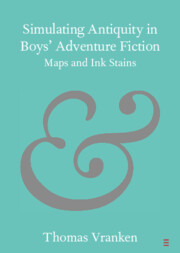
Simulating Antiquity in Boys' Adventure Fiction
- Maps and Ink Stains
-
- Published online:
- 04 August 2022
- Print publication:
- 25 August 2022
-
- Element
- Export citation
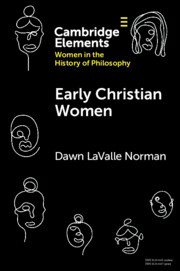
Early Christian Women
-
- Published online:
- 04 August 2022
- Print publication:
- 18 August 2022
-
- Element
- Export citation
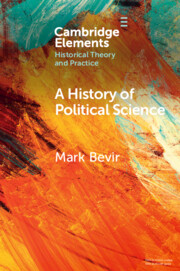
A History of Political Science
-
- Published online:
- 04 August 2022
- Print publication:
- 11 August 2022
-
- Element
- Export citation
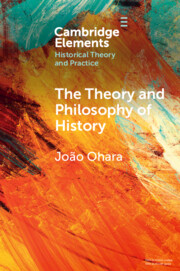
The Theory and Philosophy of History
- Global Variations
-
- Published online:
- 04 August 2022
- Print publication:
- 18 August 2022
-
- Element
- Export citation

Translation and Genre
-
- Published online:
- 03 August 2022
- Print publication:
- 25 August 2022
-
- Element
- Export citation
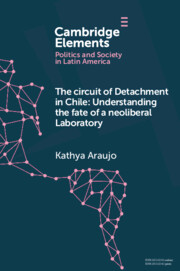
The Circuit of Detachment in Chile
- Understanding the Fate of a Neoliberal Laboratory
-
- Published online:
- 02 August 2022
- Print publication:
- 18 August 2022
-
- Element
- Export citation
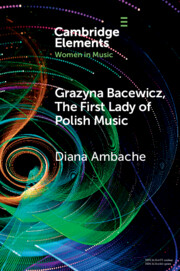
Grazyna Bacewicz, The 'First Lady of Polish Music'
-
- Published online:
- 01 August 2022
- Print publication:
- 18 August 2022
-
- Element
- Export citation
